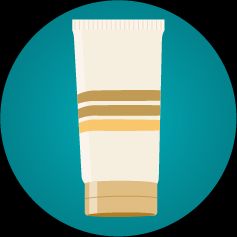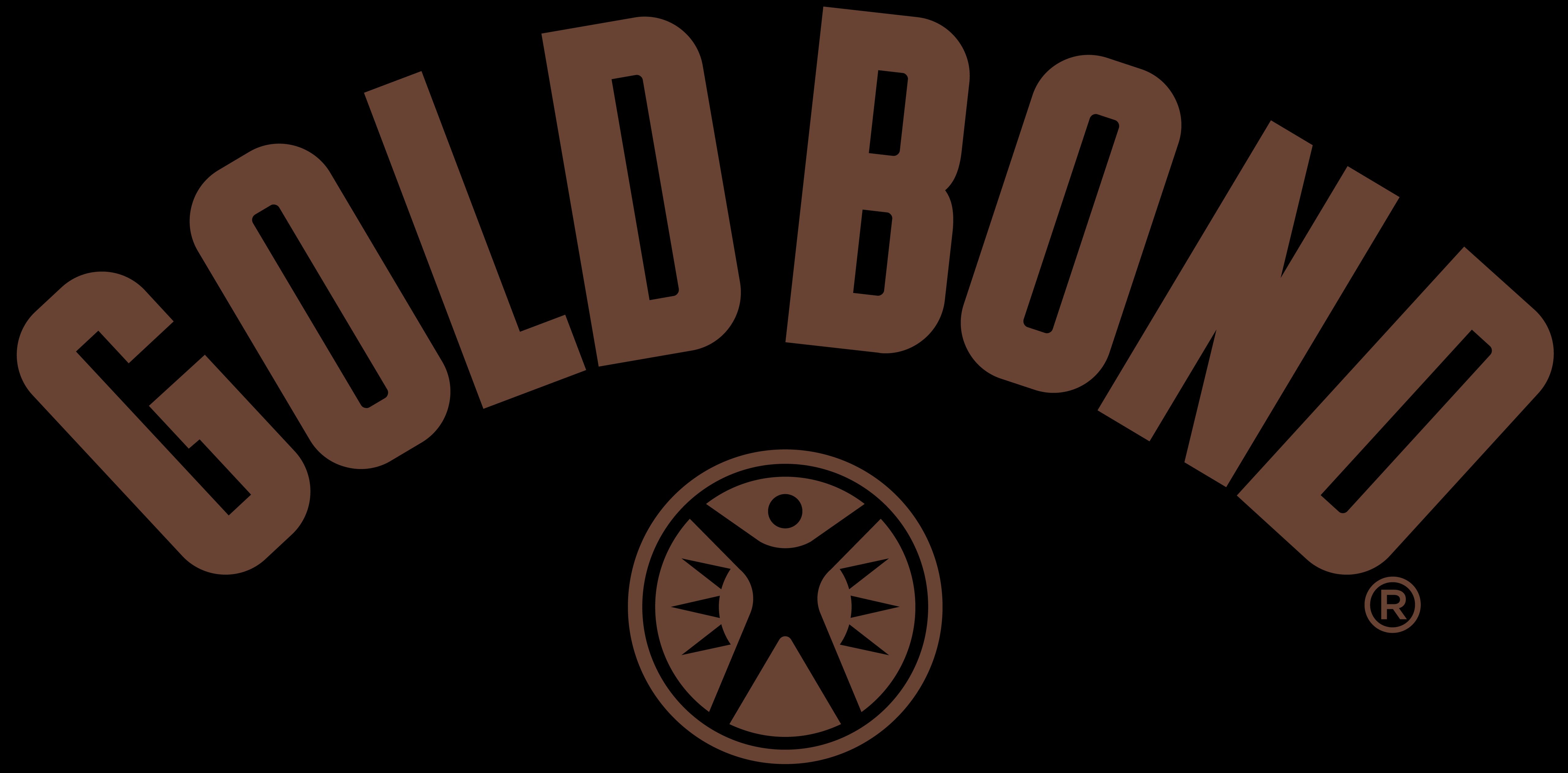Many cases of itchy shins can be relieved by using a moisturizer and avoiding irritants, like extra hot water or harsh soaps. If the itching doesn’t go away on its own, it may be a symptom of an underlying condition.
Itchy shins causes
Itchy skin on your shins could be a health condition that directly affects your shins. You may also have an underlying health condition with itchy shins as one of the symptoms. Common causes of itchy shins include:
- Dry skin. Your lower legs, including your shin area and upper extremities, tend to be more susceptible to changes in humidity and temperature, causing dry skin. Your skin may be more prone to drying there than other parts of your body.
- Cold weather. When the weather gets cold, your heating at home or work often lowers the humidity level. This can dry out your skin and make it itch.
- Age. As you get older, your skin doesn’t hold moisture the way it used to. This can result in dry, itchy skin.
- Menopause. The hormonal changes of menopause can affect your skin in a number of ways, including drying it out.
There are also some environmental issues that dry out your skin, including:
- bathing with hot water
- bathing with harsh soaps
- dehydration
- exposure to weather and saltwater
The first step is to identify the condition causing your shins to itch. If it’s not related to an underlying health condition, there are some basic treatments you can do yourself including:
- shortening your bathing time and bathing in warm, not hot, water
- using a mild soap on your shins, avoiding scrubbing and excessive soap
- moisturizing your shins following your bath or shower
- using a cream, lotion, or gel that contains aloe vera, lactic acid, shea butter, or urea on your shins a minimum of twice a day
- getting a humidifier to add moisture to your room, especially in winter
- avoiding exposing your shins to wind and sun
- applying sunscreen whenever your shins will be exposed to the sun
- drinking enough water each day to stay properly hydrated
Itchy, dry skin can be caused by hypothyroidism, or an underactive thyroid. Since itchy, dry skin alone isn’t typically an indication of a thyroid problem, look for other common symptoms including:
- fatigue
- weight gain
- joint and muscle pain
- dry, thinning hair
- slowed heart rate
- depression
If you’re experiencing a number of these symptoms at the same time, make an appointment with your doctor.
Treating hypothyroidism
Your doctor will put together an appropriate treatment plan for your hypothyroidism. They might prescribe thyroid hormone replacement therapy such as levothyroxine and suggest lifestyle changes such as:
- exercise regimen to reduce stress, deepen sleep, and increase energy
- healthy diet balanced to prevent weight gain and promote healthy skin
Itchy shins could be a sign that you have undiagnosed diabetes or prediabetes. If you already have diabetes and are experiencing itchy shins, it could indicate that your treatment needs to be adjusted.
Treating diabetes
If you have diabetes, some of the ways to deal with itchy legs — beyond properly controlling blood sugar levels under your doctor’s supervision — include:
- exercising regularly to boost blood circulation
- bathing in warm or cool water, using a mild soap and bathing less frequently when humidity is low
- applying moisturizing lotion to your shins
- stopping your use of tobacco products
- medications to ease itching, such as oral antihistamines or mild steroid creams
Itchy shins may be easily dealt with by implementing some minor lifestyle changes. Dry and itchy shins could also be a symptom of a more serious problem such as diabetes or a thyroid condition.
If your itchy shins don’t respond to home treatment or you’re concerned about an underlying medical condition, make an appointment to see your doctor.


